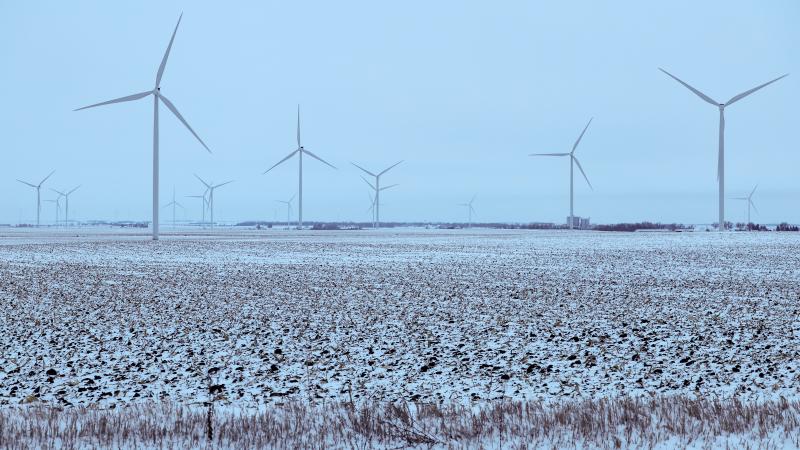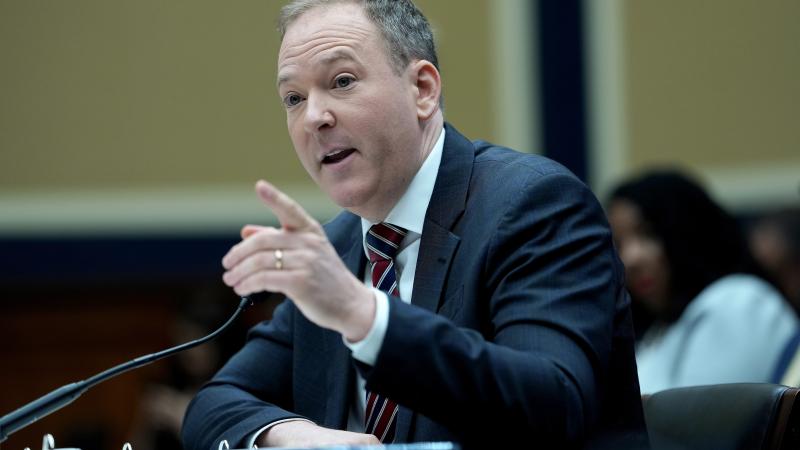Report: Farm, food prices rise under net-zero climate rules
The report said Biden and Congress revived parts of the “Green New Deal” through the Inflation Reduction Act, and Biden used executive powers to restrict oil and natural gas supply, make chemical feedstocks more expensive and use the Securities and Exchange Commission to require new reports to track carbon emissions from farm to table.
(The Center Square) -
Farms and families will pay significantly more under the Biden administration's net-zero climate policies, a new report from an Ohio-based policy group says.
The Buckeye Institute’s Net-Zero Climate-Control Policies Will Fail the Farm shows farmers will see a 34% rise in operational costs under the policies and family grocery bills will increase 15% based on modeling.
“Federal policymakers are pursuing expensive climate-control and emissions policies that have largely failed in Europe – and the American farm and household will be required to pay for them,” report authors Trevor W. Lewis and M. Ankith Reddy, both economic research analysts at The Buckeye Institute, said.
The report said Biden and Congress revived parts of the “Green New Deal” through the Inflation Reduction Act, and Biden used executive powers to restrict oil and natural gas supply, make chemical feedstocks more expensive and use the Securities and Exchange Commission to require new reports to track carbon emissions from farm to table.
“These federal initiatives and requirements will prove expensive and economically destructive here – just as they have been in Europe,” the report said.
Based on what the report called carbon pricing, farm operating costs would rise from $192,000 to $257,000. The numbers are based on data collected from the USDA, EPA, U.S. Energy Information Administration, the University of Illinois, Ohio State University and the Royal Society.
Using the same pricing, the report concluded annual grocery bills rose from $8,320 to $9,650, with prices for things like American cheese, bananas, rice, strawberries, sugar, pork, flour, eggs and chicken all rising more than 25%.
The Buckeye Institute developed its report using a model corn farm operating under the new carbon emission rules.
“Government climate-control policies ensconced in the Paris Climate Accords, the Inflation Reduction Act, and ESG-guided mandates carry a hefty price tag, especially for U.S. farms and the American consumer,” the authors said.
ESG is an acronym for environmental, social and governance initiatives.
The report comes less than two weeks after 12 of the nation’s top farm states sent letters to six of the nation’s largest banks with concerns over their membership in the Net-Zero Banking Alliance.
Alabama, Florida, Georgia, Iowa, Kentucky, Louisiana, Mississippi, North Carolina, North Dakota, South Carolina, Texas and West Virginia all signed the letter that issued warnings to Bank of America, Citigroup, Goldman Sachs, JPMorgan Chase, Morgan Stanley and Wells Fargo that their participation in the global plan could lead to higher food prices and limited food availability.
U.S. Department of Agriculture data says the top 10 agriculture-producing states in terms of cash receipts in calendar year 2022, the most recent full year available, are California, Iowa, Nebraska, Texas, Illinois, Minnesota, Kansas, Indiana, North Carolina and Wisconsin.
According to the USDA, Ohio ranked fifth in the nation in number of farms, with 76,500, according to 2022 data. Texas led the nation with 246,000, followed by Missouri, Iowa and Oklahoma. Kentucky, Illinois, Tennessee, California and Minnesota rounded out the top 10.















